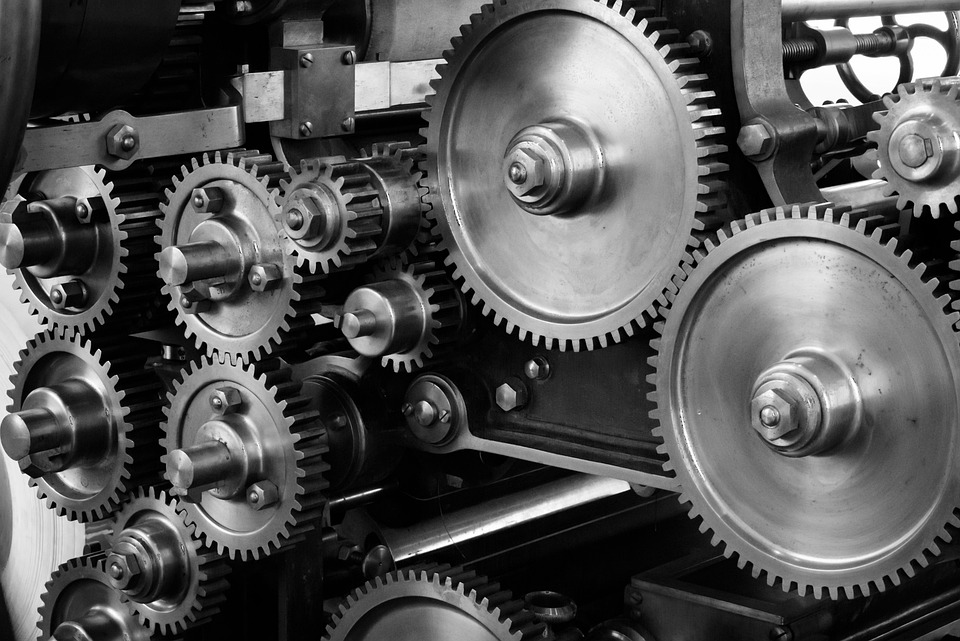Building your own PC can be both an exciting and daunting task. With so many components to choose from and a wealth of information available, it’s easy to feel overwhelmed. However, with the right guidance, you can create a powerful machine tailored to your specific needs. Whether you’re a gaming enthusiast, a creative professional, or just looking for a reliable everyday computer, this insider’s guide offers tips and tricks to navigate the process smoothly.
1. Define Your Purpose
Before diving into the build itself, take some time to consider what you’ll be using your PC for. Is it gaming, video editing, graphic design, or simple browsing? Your intended use will dictate the type of components you need. For instance:
- Gaming: Focus on a powerful GPU and sufficient RAM.
- Creative Work: Invest in a robust CPU and SSD for speed and efficiency.
- Casual Use: A mid-range CPU and integrated graphics may suffice.
2. Budget Wisely
Setting a budget is crucial. Aim for a target price and stick to it, but keep some wiggle room for unexpected costs. Here’s a breakdown of common budget categories:
- Entry-Level: $300-$600
- Mid-Range: $600-$1,200
- High-End: $1,200 and up
Always prioritize the components that affect performance the most, such as the CPU and GPU, over aesthetic choices like RGB lighting.
3. Choose the Right Components
Here’s a brief overview of essential components to consider:
-
CPU (Central Processing Unit): The brain of your computer, critical for overall performance. Brands like Intel and AMD offer various options for different budgets.
-
GPU (Graphics Processing Unit): Vital for gaming and graphics-intensive tasks. Research various models to find one that fits your budget and performance needs.
-
Motherboard: Ensures compatibility with your chosen CPU and offers connectivity options. Look for features such as RAM slots, USB ports, and expansion slots.
-
RAM (Random Access Memory): Aim for at least 16GB for gaming or professional work. Ensure it’s compatible with your motherboard.
-
Storage: Consider SSDs for faster load times and HDDs for additional storage. Many users opt for a combination of both.
-
Power Supply Unit (PSU): Choose a reliable PSU with enough wattage to support your components, preferably from a reputable brand.
- Case: Your components deserve a good home. Select a case that fits your aesthetic and provides adequate cooling.
4. Research Compatibility
Before purchasing components, verify their compatibility. Online tools like PCPartPicker can help you build a compatible system and avoid costly mistakes. Pay close attention to:
- Socket Type: Make sure the CPU and motherboard socket types match.
- Form Factor: Ensure the motherboard and case (ATX, microATX, or mini-ITX) fit together.
- Power Requirements: Check the PSU wattage needed for the GPU and other components.
5. Gather Tools and Materials
You don’t need a lot of tools, but the right ones make a difference:
- Screwdriver: A magnetic one can help catch those tiny screws.
- Anti-Static Wristband: Prevents static discharge that could damage components.
- Cable Ties: Keep your build tidy and improve airflow.
6. The Building Process
When you’re ready to assemble your PC, follow these steps:
- Prepare Your Workspace: Find a clean, well-lit area to work.
- Install the CPU and RAM: Begin by placing the CPU into the motherboard and securing it with the CPU cooler. Next, insert the RAM sticks.
- Mount the Motherboard: Fit it securely into the case, using screws that come with the case.
- Install the GPU: Plug it into the appropriate PCIe slot.
- Connect Storage Drives: Secure your SSD/HDD in the case and connect the necessary cables.
- Power Cables: Make sure the PSU is connected to the motherboard, GPU, and any other components.
- Cable Management: Organize cables to improve airflow and aesthetics.
7. Post-Build Setup
After assembling your PC, it’s time for the initial boot:
- BIOS Setup: Enter BIOS to configure settings, set the boot order, and check component recognition.
- Install Operating System: Use a USB drive to install your OS, like Windows or Linux.
- Driver Installation: Ensure you have the latest drivers for the GPU, motherboard, and other peripherals.
8. Troubleshooting Tips
If things don’t work perfectly on the first boot, don’t panic. Here are common troubleshooting tips:
- Check Power Connections: Make sure everything is plugged in securely.
- Verify Component Seating: Reseat the RAM and GPU if they were not properly inserted.
- Listen for Beeps: Many motherboards use beep codes to signal issues.
9. Enjoy and Upgrade
Once your PC is up and running, enjoy the satisfaction of using a machine you’ve built yourself. Keep a lookout for future upgrades, as technology evolves rapidly. With a solid foundation, you can easily enhance performance over time.
Conclusion
Building your first PC can be a fulfilling experience, offering you not just a better-performing machine but also a deeper understanding of how computers work. With the right planning, research, and a bit of patience, you can create a personalized setup that perfectly meets your needs. Embrace the journey, and enjoy the rewards of your hard work!



